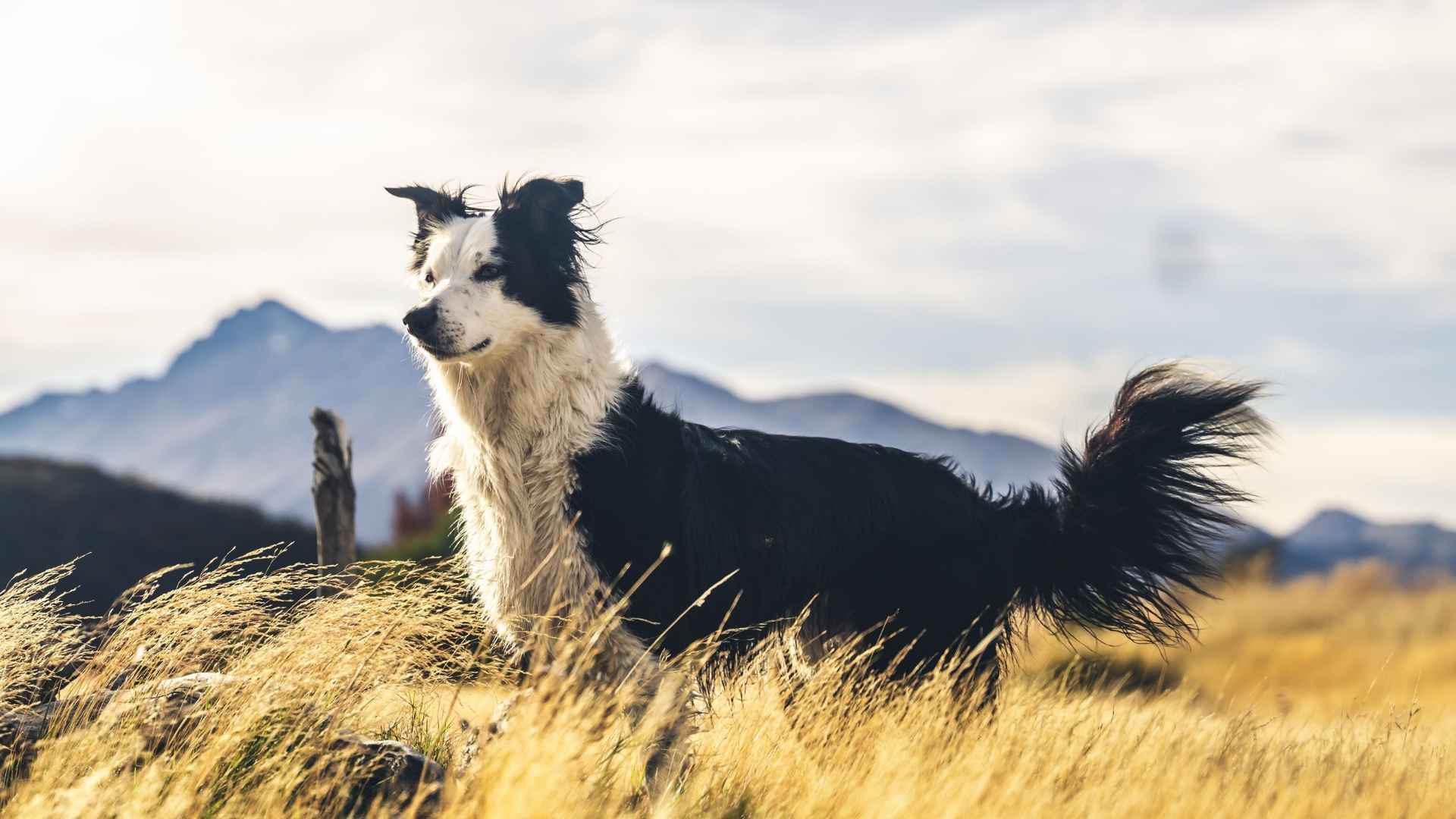What kind of dog fits into a life built around dirt roads, wide skies, and long evenings on the porch? In rural homes, dogs aren’t accessories. They’re part of the family—and often part of the work.
Some need to be gentle with kids while staying alert near livestock. Others need to be tough enough to wander through fields but soft enough to nap by your toddler’s feet. Finding that kind of balance isn’t just about looks or size.
It’s about nature. It’s about a dog’s ability to understand space, family, and routine. The best breeds for the country aren’t always the ones you’d expect—but once they find their land, they don’t want to leave.
This article highlights the dog breeds that thrive in rural settings and bond beautifully with families. They’re reliable, rugged, and ready for whatever the land—and life—throws their way.
Best Family Dog Breeds for Rural Areas
1. Labrador Retriever
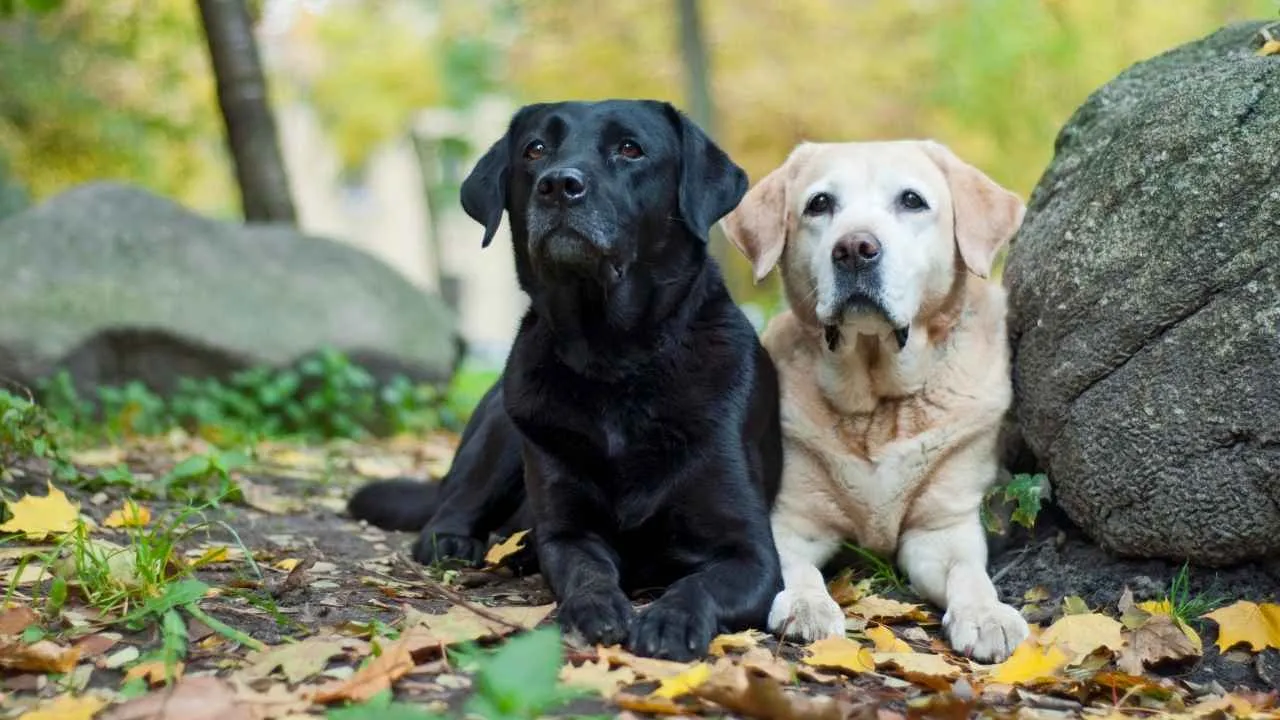
Labradors have strong, athletic frames that match well with open rural environments. They were first developed to retrieve game in rugged terrain, giving them natural stamina and adaptability. Their stride and energy make them comfortable with long walks, uneven land, and physical play in wide outdoor spaces.
Naturally Cooperative and Trainable
Farmers often value them for their listening skills and eagerness to follow cues without tension. Labradors pick up routines quickly and tend to remain calm even in the presence of livestock or machinery. This behavior has helped them become widely respected among rural working dogs over the decades.
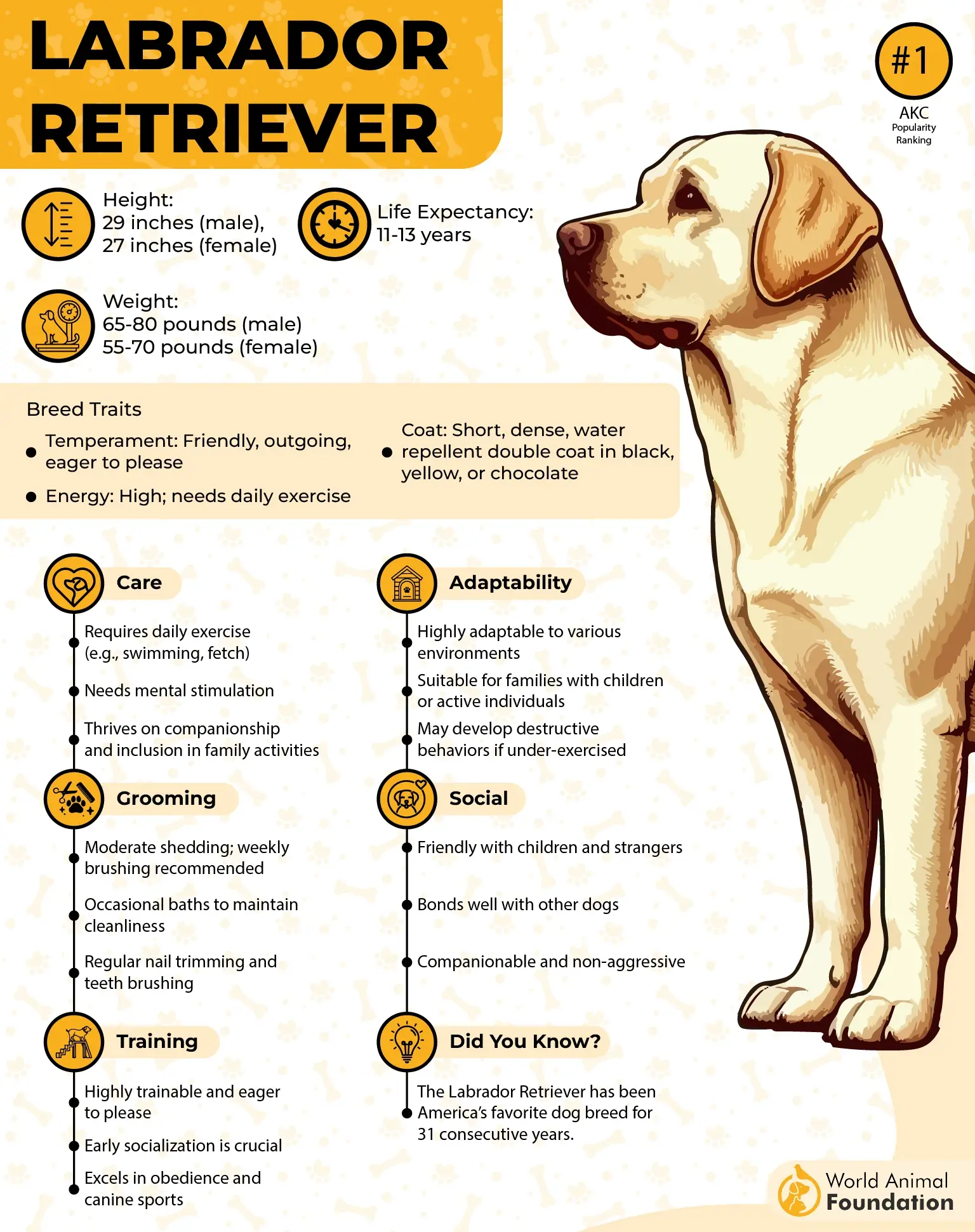
A Personality That Fits Large Families
They tend to build bonds with every member of the household, not just one person. In multi-generational rural families, Labradors are often seen interacting with both children and elders with the same calm interest, as per the AKC. Their predictability helps reduce reactivity in unpredictable outdoor settings.
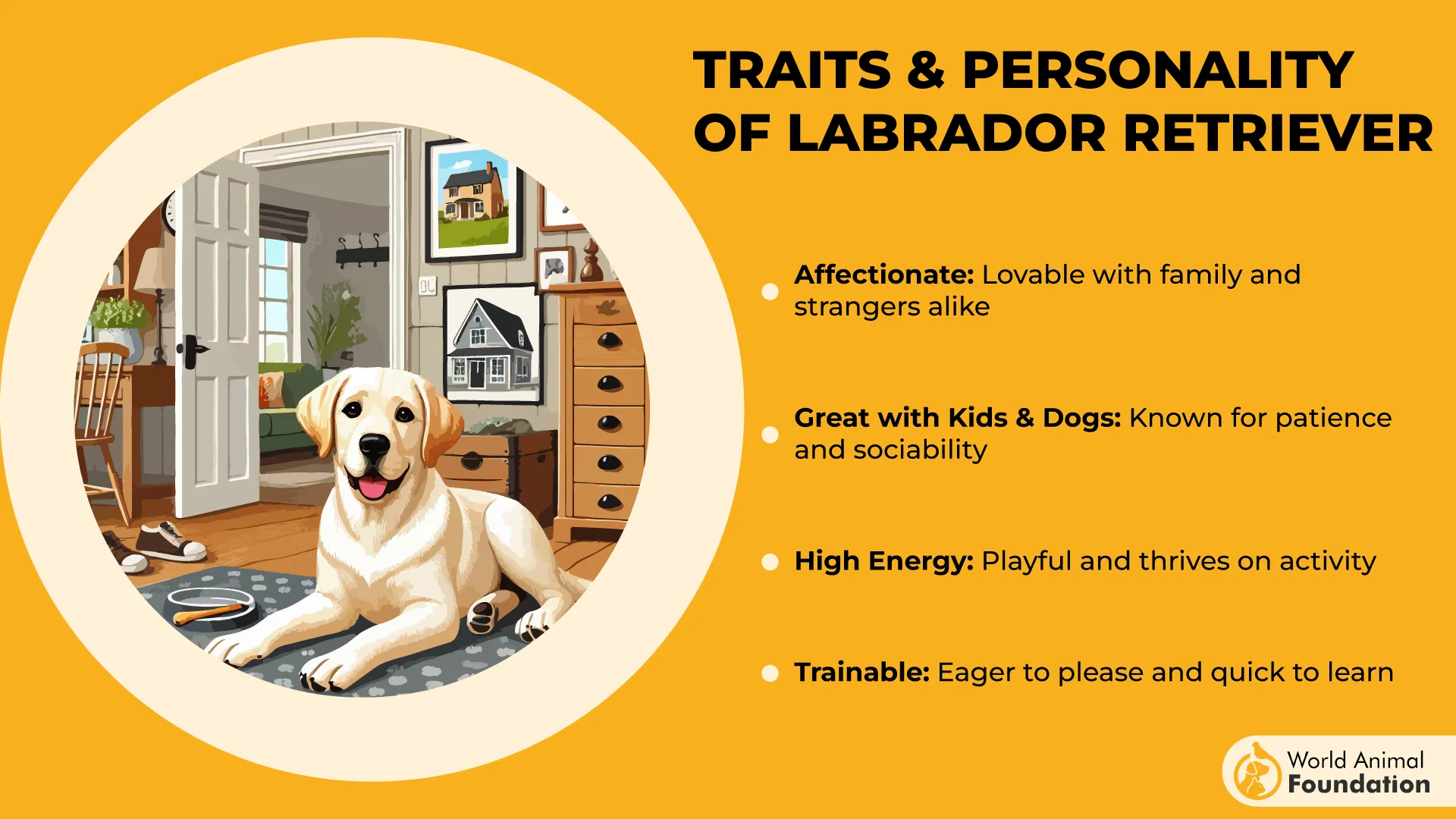
Trusted by Professionals and Families
They’ve long held top rankings as service dogs due to their patience, memory, and gentle responses. Their reliability in both assistance work and hunting circles has made them one of the most trusted intelligent dogs worldwide.
2. Golden Retriever
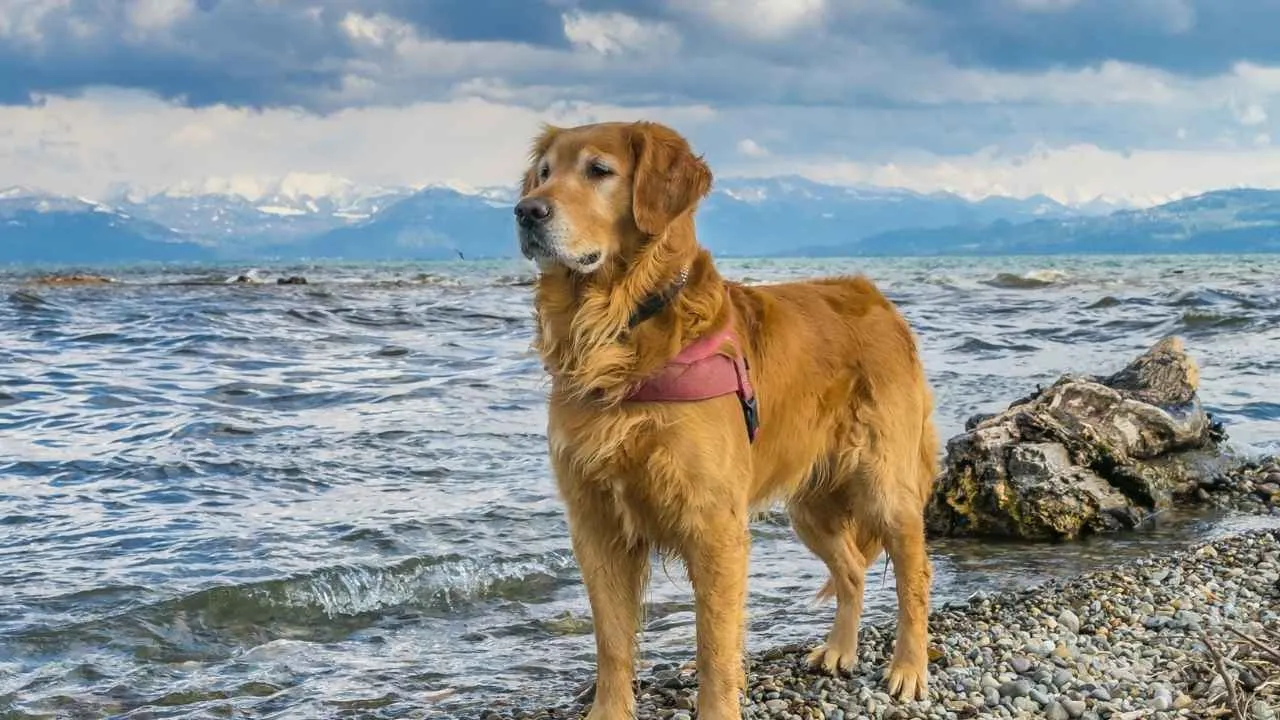
Golden Retrievers enjoy extended physical routines and adapt well to outdoor tasks across open land. Their strong hindquarters and confident movement make them well-suited for hilly paths, uneven soil, and longer family walks. This ease in movement comes from years of structured development in open field settings.
Responsive to Daily Family Routines
Golden Retrievers can follow multi-step directions and adjust to changes in household rhythms without resistance. They respond especially well to tone and gesture, which makes them easy to manage around children and older family members.
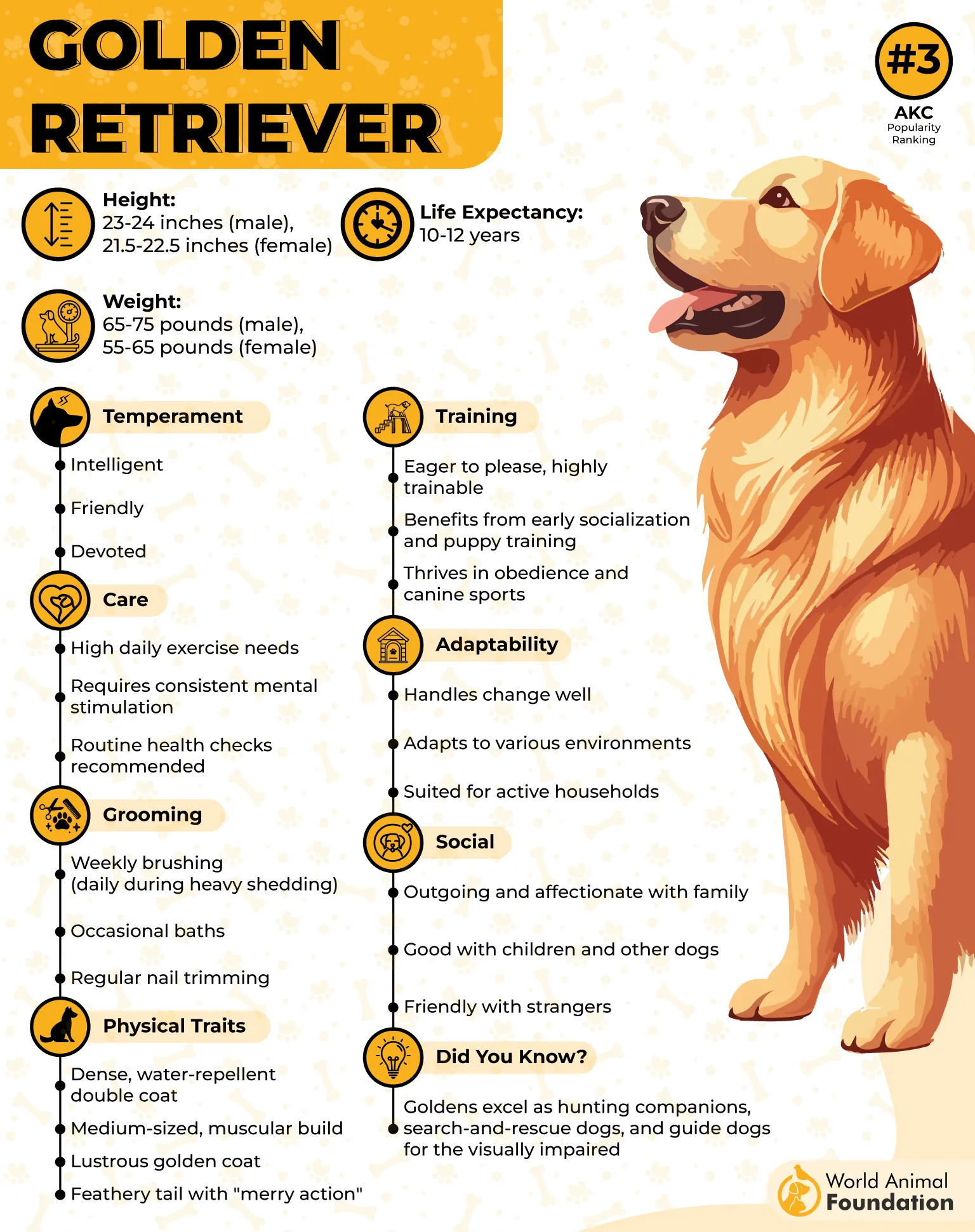
Social Stability in Unpredictable Spaces
In rural settings with different animals and varied noise levels, their even temperament remains consistent. They’re often introduced to small livestock or other pets without issue, thanks to their calm transitions. Their body language stays relaxed, even in new environments with unfamiliar scents.
Trusted by Trainers and Sport Handlers
Golden Retrievers perform well in activities requiring repetition and precision, particularly within dog sports communities. Though they were bred primarily to retrieve game during hunts, today they’re equally known as a loyal companion in active rural homes. Their balanced nature adds real functional value outdoors.
3. Newfoundland
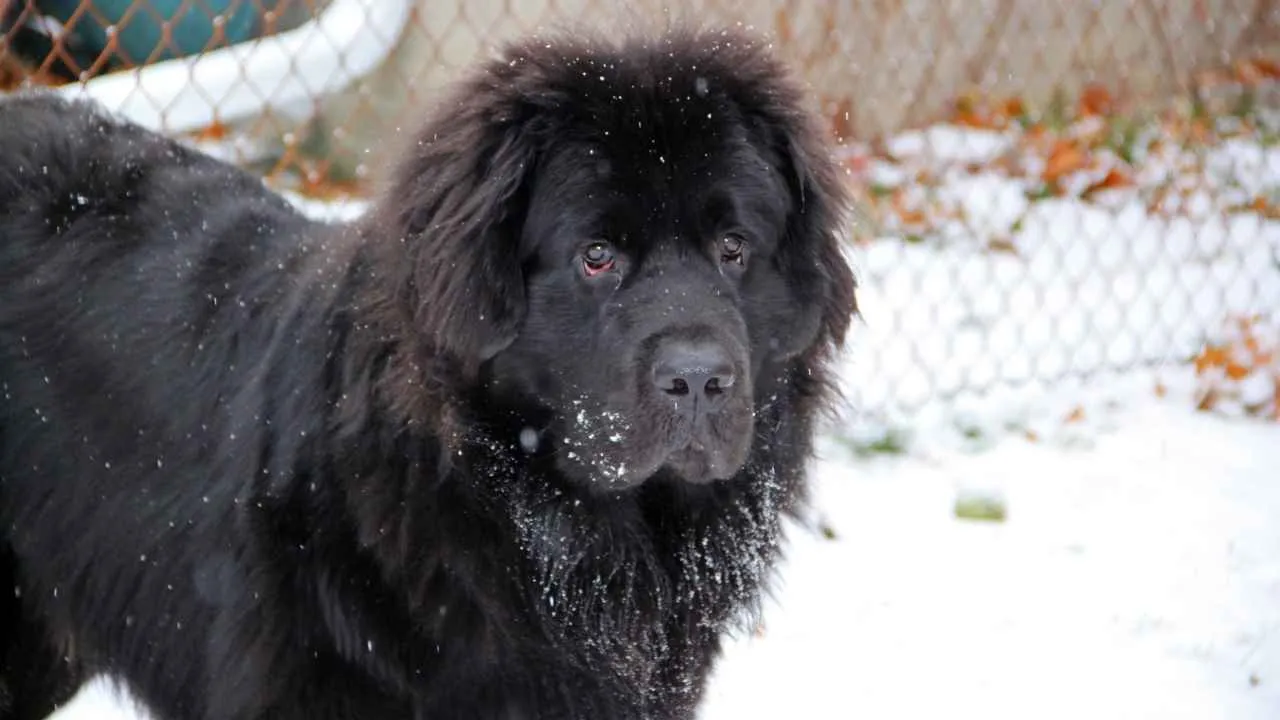
Originally bred for cold water work, their thick coat and webbed feet support movement through rough terrain, as stated in the PetMD. Their heavy build allows them to navigate muddy paths and snow-covered ground without difficulty. Even in unpredictable rural weather, their structure stays functional and dependable.
Calm Behavior That Fits Family Dynamics
This breed is famous for having a soft response to touch, including unsteady or sudden contact from children. They often choose to lie quietly where activity happens, showing awareness without constant motion. Their steady presence helps balance households with other dogs or livestock.
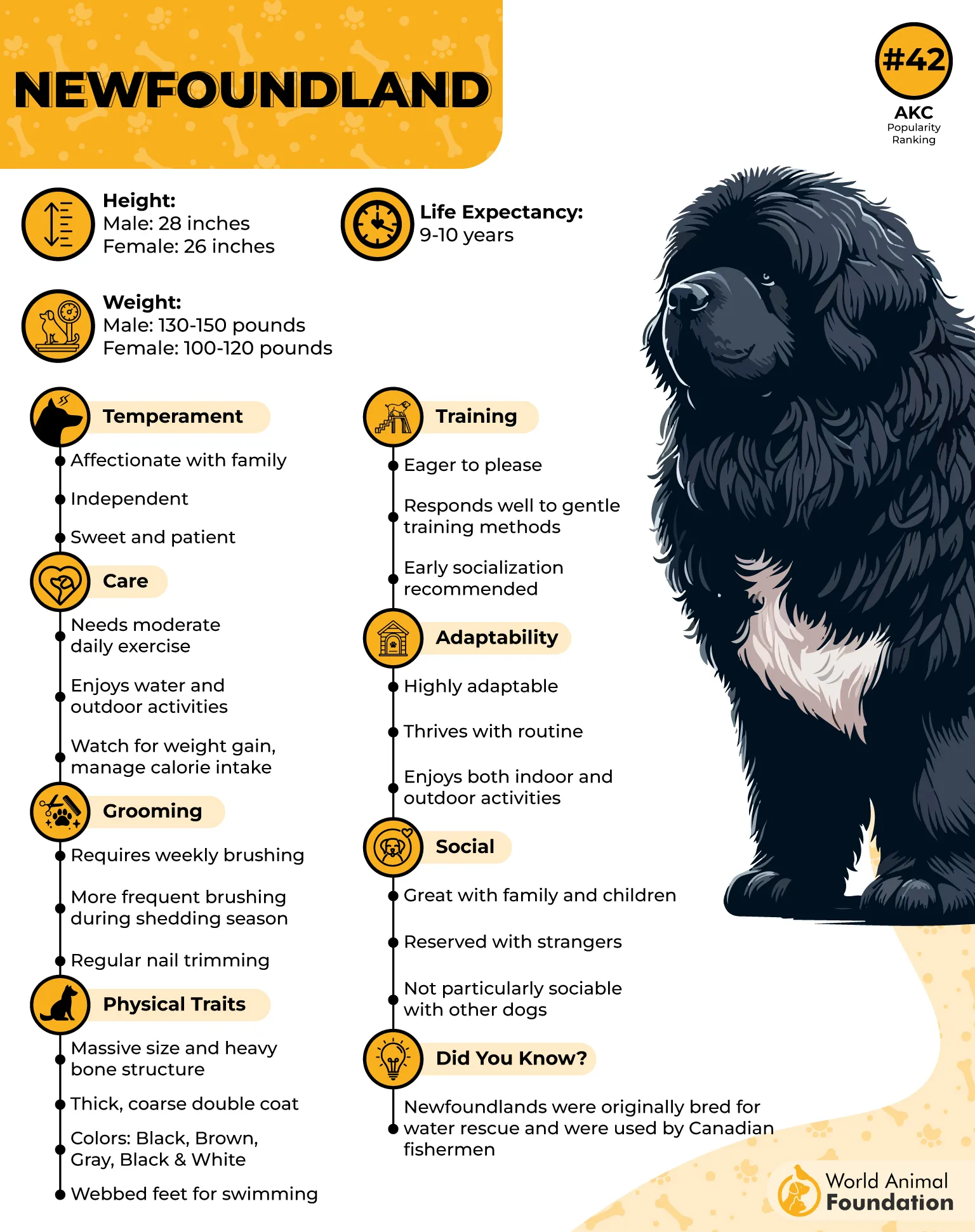
Quiet Guardianship Without Aggression
They don’t bark often but tend to observe and remember unfamiliar sounds or changes nearby. This awareness is useful in rural homes with open boundaries and minimal fencing. Even without training, they naturally position themselves between movement and the family’s living space.
Emotional Loyalty Without Overdependence
Newfoundlands follow daily rhythms and respond to tone and expression with a visible calm. They rarely wander far from their humans, preferring to stay close without being demanding. Their balance of independence and bond makes them one of the best dogs for rural families.
4. Pembroke Welsh Corgi
Did You Know: Pembroke Welsh Corgis were a favorite of Queen Elizabeth II, who owned over 30 of them during her lifetime.
Corgis were originally used for herding cattle in rugged fields, and they still retain the movement style for it. Their compact size and low center of gravity allow them to dart quickly around animals. Their stamina and directional instincts fit well with daily rural routines and moving livestock.
Alertness and Decision-Making Outdoors
Even in wide spaces, Corgis stay aware of sounds and sudden movement without becoming anxious. They adjust quickly to changes in their environment and don’t often need repeated instruction. These traits have long made them favored by rural dwellers needing reliable support across large properties.
Family Interaction with Strong Bonds
They are known for bonding with their owner deeply, often following them from room to room, even outside the home. Around children, they show calm behavior and can keep up with active play. Despite their herding roots, they’re naturally affectionate and thrive on daily contact with their people.
Working Mentality in a Small Frame
Corgis excel in rural environments when given jobs to do, whether it’s alerting to movement or helping direct animals. Their quick thinking and curiosity make them easy to engage and train. They’re considered smart and benefit from tasks that feel like hard work, not just repetitive drills.
5. Border Collie
The Border Collie was developed along the Anglo-Scottish border, where quick decisions and terrain awareness were essential. Its signature crouch and intense eye contact evolved through generations of livestock work. These traits are still visible in how it tracks, pauses, and redirects movement on wide land.
Perfectly Suited for Active Rural Living
This breed adapts well to environments that offer mental structure and daily purpose. Farms and open properties allow it to transition between herding, guarding, or engaging with family routines. Tasks that involve pattern recognition or route following keep it especially grounded.
Built to Stay Energetic and Engaged
Border Collies have a durable frame and sharp endurance that thrives in activity-heavy spaces. They respond well to varying outdoor challenges like agility paths, fieldwork, or multi-task play, as Petplan claims. Without consistent stimulation, they may channel energy into repetitive behavior.
Highly Receptive to Subtle Cues
Many handlers note their ability to react before verbal commands are even given. A slight motion or eye movement from the owner is often enough to trigger a controlled response. This behavioral sharpness is deeply tied to their sheepdog ancestry.
6. Dalmatian
Did You Know: Dalmatians are born completely white — their iconic spots begin to appear after the first 10 to 14 days of life.
Dalmatians have a long-standing reputation for endurance, originally used to run alongside horse-drawn carriages for hours. Their stride is balanced, efficient, and suited to open landscapes that require continuous movement. Wide, rural spaces help channel their high energy in a structured and healthy way.
Alert Nature Without Being Overbearing
They are naturally aware of changes in their surroundings and tend to stay visually alert across distances. This awareness allows them to recognize movement or new sounds from far off, making them helpful in open properties. Their instincts have historically made them suitable as carriage guards.
Responds Best with a Clear Routine
Consistency in routine helps a Dalmatian remain settled and cooperative, especially when given tasks or outdoor activities. They adapt well to life in rural homes with scheduled walks, off-leash time, and structured training. Disruptive environments or unclear boundaries often lead to restlessness in this breed.
Grooming Needs in Wide Outdoor Settings
Their short coat sheds frequently, but regular brushing helps control the fine hair that tends to collect indoors. Even though they have a single coat, they benefit from mild weather protection when in cold rural climates. Their distinctive spots begin forming within two weeks of birth.
7. German Shepherd
German Shepherds have a strong, athletic build suited for open land, rough weather, and uneven ground. Their double coat protects against dirt, moisture, and sharp undergrowth. They maintain balance and stamina during long walks or farm routines without tiring quickly.
Trained Focus and Task Retention
They have excellent memory and respond well to structured commands in outdoor settings. With consistency, they stay focused even with distractions like livestock or machinery. Many rural homes use them in roles that require calm obedience and long attention spans.
Reliable Presence Around the Property
These guard dogs often notice unfamiliar sounds or distant motion before humans do. Their steady body language and alert expressions work well in open fields. They often move quietly but stay near the family, keeping watch without needing direction.
Capable of Taking On Daily Roles
They are often part of daily rural work, from guiding movement to responding to calls across distance. Their usefulness has been documented in herding, tracking, and perimeter walks. These dogs are widely used by farmers due to their versatility and loyalty.
Conclusion
Out here, dogs aren’t on leashes all day. They walk the land with you, nap near the toolshed, and know the names of your kids without hearing them. The right dog for rural life isn’t just friendly—it’s useful, steady, and in tune with the land.
You don’t have to tell a good farm dog where to be. It just knows. It might have a strong protective instinct or a herding sheep streak that kicks in without warning. That’s what makes them so well suited to country living.
These are real country dogs—and they belong out here.


